Form Energy, led by a former Tesla executive and backed by Bill Gates’s Breakthrough Energy Ventures, sees the cheap metal as a solution to banking surplus green power.
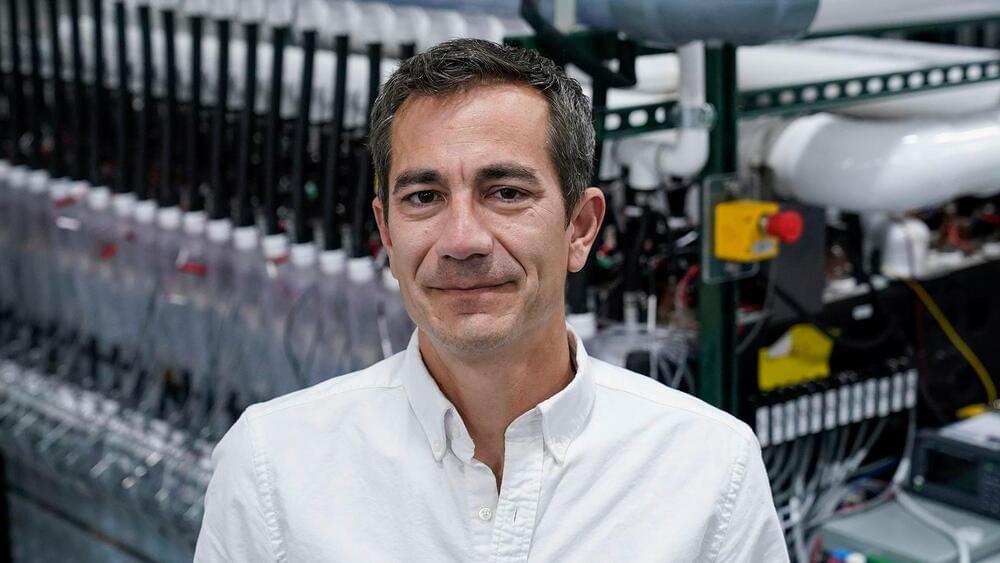

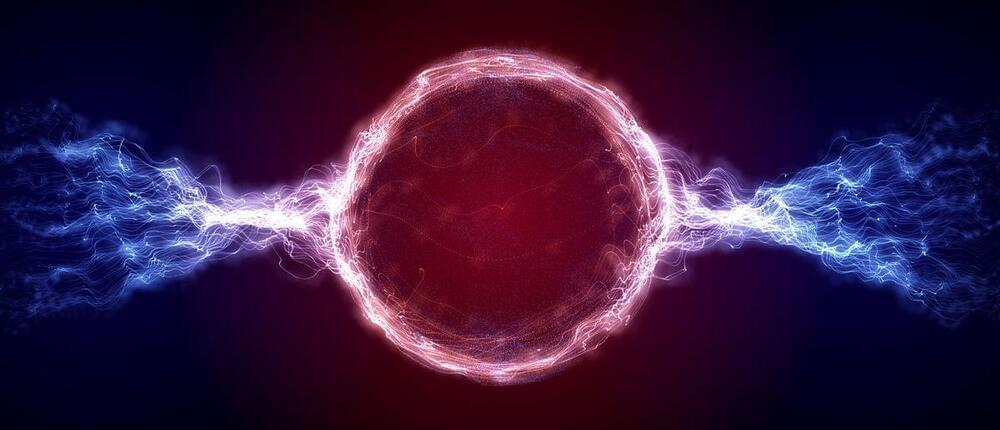

A joint research team from the City University of Hong Kong (CityU) and collaborators recently developed a stable artificial photocatalytic system that is more efficient than natural photosynthesis.
Photosynthesis is how plants and some microorganisms use sunlight to synthesize carbohydrates from carbon dioxide and water.

Nisa and her colleagues began collecting data in 2015. In 2021, the team had accrued enough data to start examining the sun’s gamma rays with sufficient scrutiny.
“After looking at six years’ worth of data, out popped this excess of gamma rays,” Nisa said. “When we first saw it, we were like, ‘We definitely messed this up. The sun cannot be this bright at these energies.’”
The sun gives off a lot of light spanning a range of energies, but some energies are more abundant than others.
Expand your scientific horizon with Brilliant! First 200 to use our link https://brilliant.org/sabine will get 20% off the annual premium subscription.
Today I have an update on the reproduction efforts for the supposed room temperature superconductor, LK 99, the first images from the Euclid mission, more trouble with Starlink satellites, first results from a new simulation for cosmological structure formation, how to steer drops with ultrasound, bacteria that make plastic, an improvement for wireless power transfer, better earthquake warnings, an attempt to predict war, and of course the telephone will ring.
Here is the link to the overview on the LK99 reproduction experiments that I mentioned: https://urlis.net/vesb75fq.
💌 Support us on Donatebox ➜ https://donorbox.org/swtg.
🤓 Transcripts and written news on Substack ➜ https://sciencewtg.substack.com/
👉 Transcript with links to references on Patreon ➜ https://www.patreon.com/Sabine.
📩 Sign up for my weekly science newsletter. It’s free! ➜ https://sabinehossenfelder.com/newsletter/
👂 Now also on Spotify ➜ https://open.spotify.com/show/0MkNfXlKnMPEUMEeKQYmYC
🔗 Join this channel to get access to perks ➜
https://www.youtube.com/channel/UC1yNl2E66ZzKApQdRuTQ4tw/join.
🖼️ On instagram ➜ https://www.instagram.com/sciencewtg/
00:00 Intro.
00:39 LK99 Superconductor Update.
03:03 First Images from Euclid Mission.
04:19 Starlink Satellites Leak Radiowaves.
06:13 New Cosmological Structure Formation Simulation.
08:27 An Ultrasound Platform to Levitate and Steer Drops.
09:43 Bacteria That Make Recyclable Plastic.
11:02 Better Wireless Power Transfer.
13:02 A New Earthquake Precursor.
14:34 War Predictions.
16:00 Learn Science With Brilliant.
#science #sciencenews
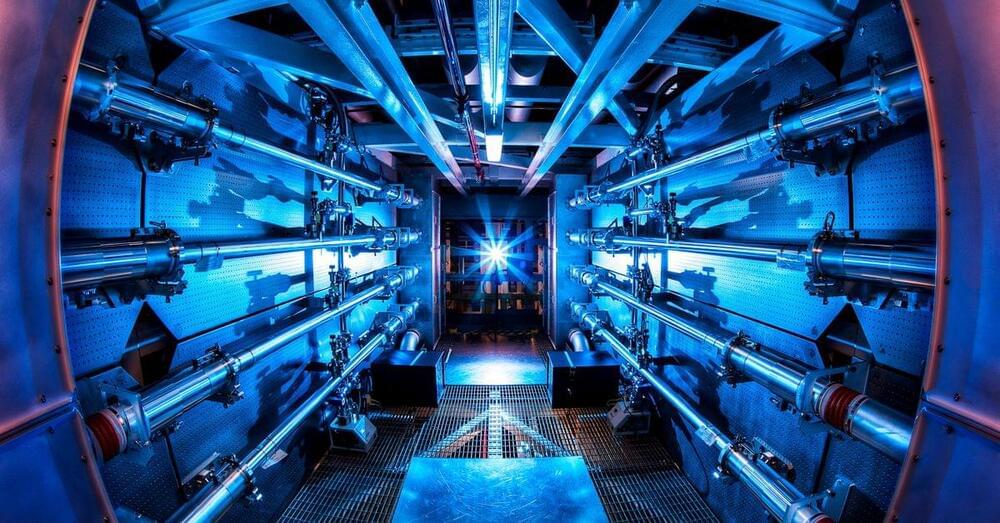
Aug 6 (Reuters) — U.S. scientists have achieved net energy gain in a fusion reaction for the second time since December, the Lawrence Livermore National Laboratory said on Sunday.
Scientists at the California-based lab repeated the fusion ignition breakthrough in an experiment in the National Ignition Facility (NIF) on July 30 that produced a higher energy yield than in December, a Lawrence Livermore spokesperson said.
Final results are still being analyzed, the spokesperson added.
The most energetic light ever seen emanating from the Sun has just been detected, creating a new puzzle for solar physicists to solve.
A 6-year observing campaign by more than 30 institutions across North America, Europe, and Asia has resulted in the first ever detection of solar gamma radiation in the teraelectronvolt (TeV) range.
But, contrary to what you might expect, it did not correlate to heightened solar activity; or, indeed, any solar activity. Rather, the Sun was pretty calm at the time of the detection, and our current models of the Sun can’t quite account for it.
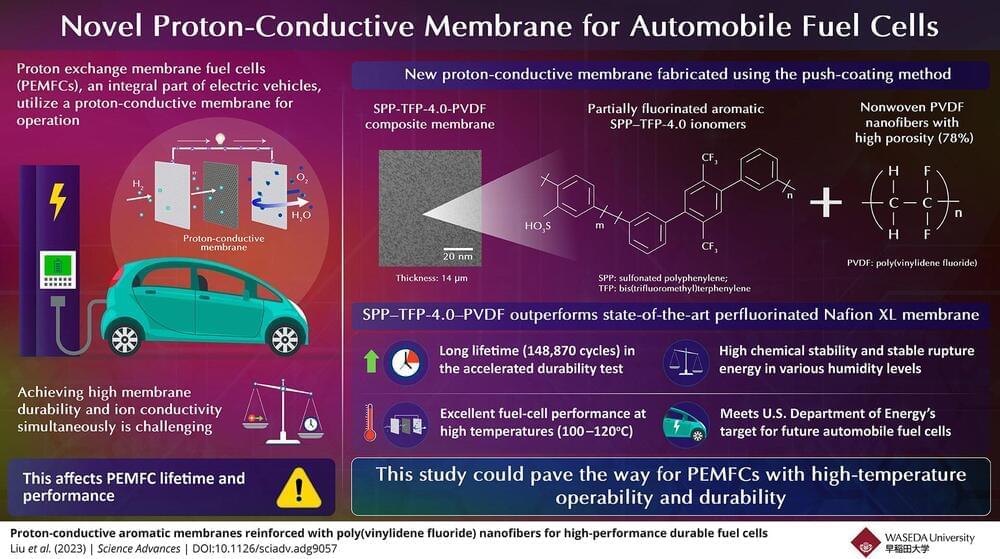
Fuel cells are compact energy conversion units that utilize clean energy sources like hydrogen and convert them into electricity through a series of oxidation–reduction reactions. Specifically, proton exchange membrane fuel cells (PEMFCs), an integral part of electric vehicles, utilize proton-conductive membranes for operation. Unfortunately, these membranes suffer from a trade-off between high durability and high ion conductivity, affecting the lifetime and performance of PEMFCs.
To overcome this issue, scientists have synthesized chemically and physically modified perfluorosulfonic acid polymer membranes, such as Nafion HP, Nafion XL, and Gore-Select, which have proven to be much more durable than unmodified membranes conventionally employed in fuel-cell operations.
Unfortunately, none of the existing proton-conductive membranes have fulfilled the highly challenging technical target—passing an accelerated durability test or a combined chemical and mechanical test—set by the U.S. Department of Energy (DOE) to facilitate their use in automobile fuel cells by 2025.
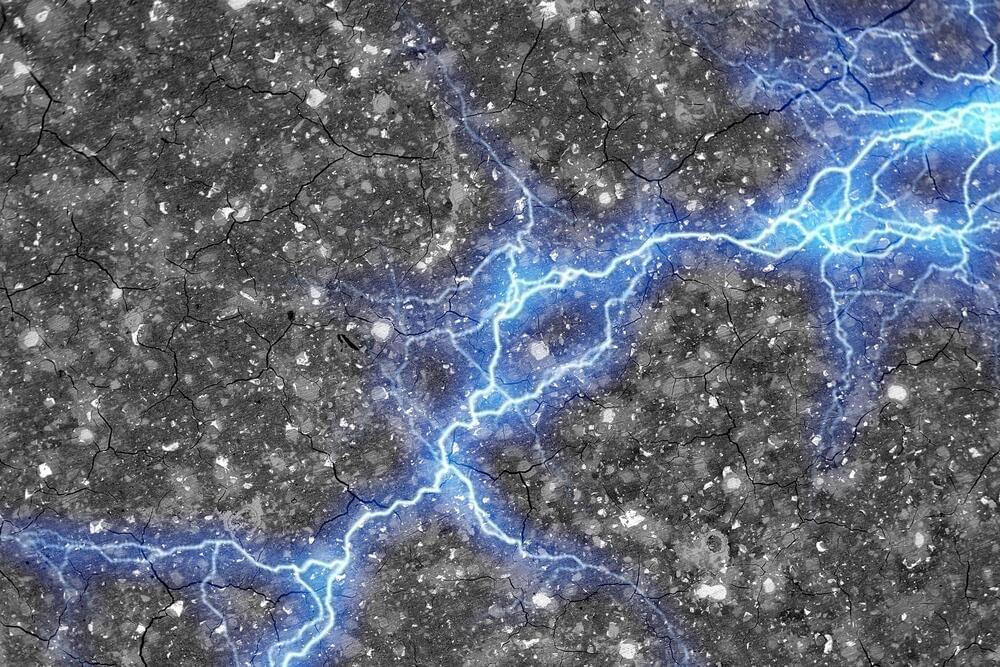
The two materials, the researchers found, can be combined with water to make a supercapacitor — an alternative to batteries — that could provide storage of electrical energy. As an example, the MIT researchers who developed the system say that their supercapacitor could eventually be incorporated into the concrete foundation of a house, where it could store a full day’s worth of energy while adding little (or no) to the cost of the foundation and still providing the needed structural strength. The researchers also envision a concrete roadway that could provide contactless recharging for electric cars as they travel over that road.
The simple but innovative technology is described this week in the journal PNAS, in a paper by MIT professors Franz-Josef Ulm, Admir Masic, and Yang-Shao Horn, and four others at MIT and at the Wyss Institute for Biologically Inspired Engineering.
MIT engineers created a carbon-cement supercapacitor that can store large amounts of energy. Made of just cement, water, and carbon black, the device could form the basis for inexpensive systems that store intermittently renewable energy, such as solar or wind energy.

Scientists engineered a synthetic metamaterial to direct mechanical waves along a specific path, which adds an innovative layer of control to 4D reality, otherwise known as the synthetic dimension.
Everyday life involves the three dimensions or 3D — along an X, Y, and Z axis, or up and down, left and right, and forward and back. But, in recent years scientists like Guoliang Huang, the Huber and Helen Croft Chair in Engineering at the University of Missouri, have explored a “fourth dimension” (4D), or synthetic dimension, as an extension of our current physical reality.
Creation of a new synthetic metamaterial.